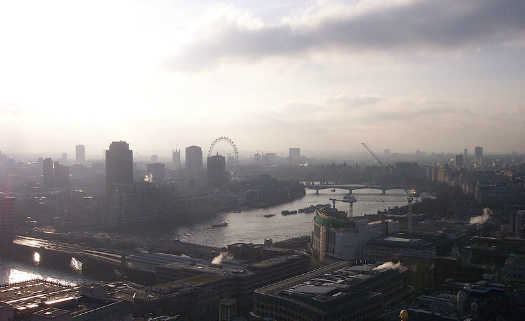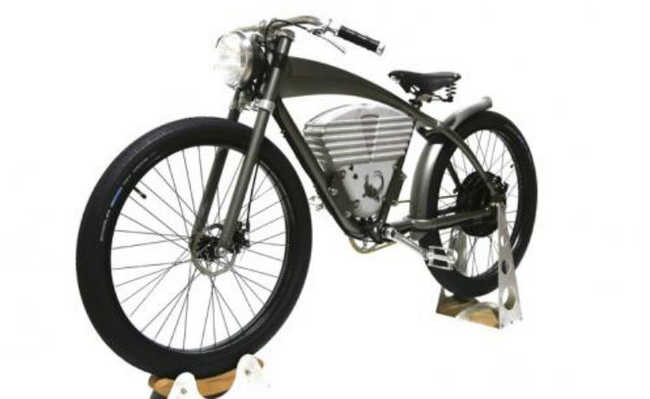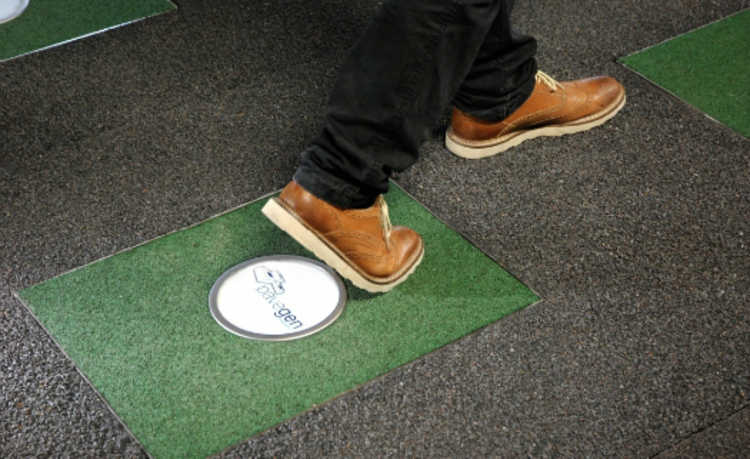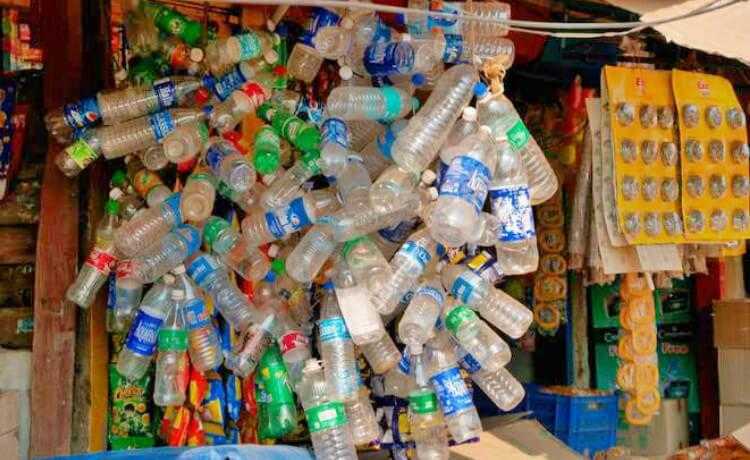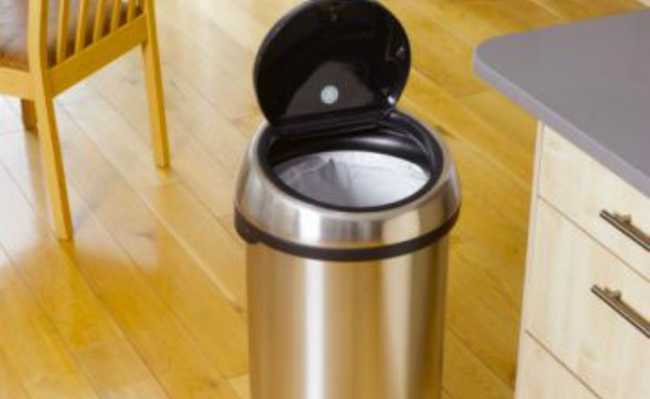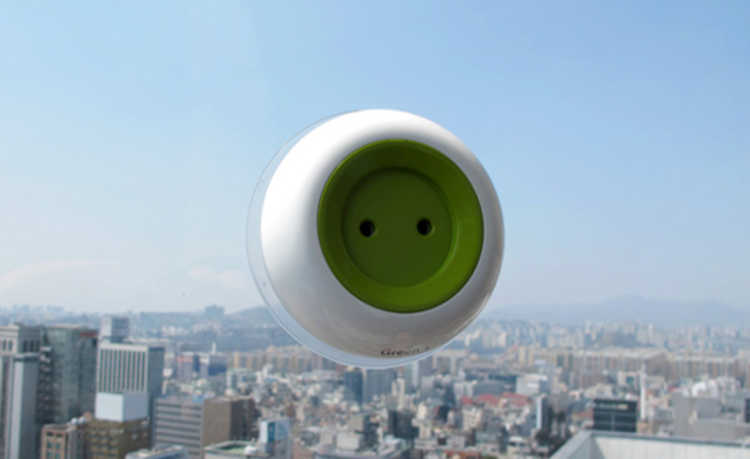Fluorescent lamp: from benefits to dangers
Fluorescent lamp has mercury and lead, metals harmful to the health of the body and the environment

Image: Peter Griffin, “CFL Bulb”, CC0 Public Domain
Fluorescent lamp is a common item in homes and workplaces as it is an efficient and economical option compared to the common hot lamp. However, there is a negative aspect to this choice, the interior of the fluorescent types contain mercury, a very dangerous substance for our health.
- Mercury, cadmium and lead: the intimate enemies present
Compared to incandescent bulbs, there are pluses and minuses. Energy efficiency, lamp power and fluorescent lifespan are superior. However, this type of lamp can break easily and, due to mercury, its disposal becomes very complicated.
- Where to dispose of fluorescent lamps?
Risks of mercury from fluorescent lamps
Mercury still has the company of lead in the composition of the fluorescent lamp. According to the Brazilian Association of Technical Standards (ABNT), the maximum amount of mercury that can be concentrated in one unit is 100 milligrams of mercury per kilogram of waste. Contact with the substance at higher levels can lead to serious health problems.
The biggest problem happens when the substance is inhaled, especially if the amount of elemental mercury is large, which can cause neurological problems and even hydration (intoxication that causes coughing, dyspnea, chest pain and other more serious problems).
In the environment, when mercury is irregularly discharged into rivers, for example, it volatilizes and passes into the atmosphere, causing probable contaminated rains. It can also happen that micro-organisms absorb mercury, making it organic instead of metallic. Aquatic animals and plants can retain mercury and thus contaminate the environment with no chance of decontamination.
Mercury is released over two weeks after its disposal. In the US alone, between two and four tons of mercury are released into nature annually.
The fluorescent lamp broke. What to do?

"Broken Compact Fluorescent Lamp" by Emilian Robert Vicol is licensed under CC BY 2.0
In case the fluorescent lamp breaks, it is necessary to pay attention to some precautions. Before cleaning the area, the first thing to do is to remove children and animals from the area, and do not let anyone touch the material.
Ventilating the environment is also important. Therefore, windows and doors need to be opened as quickly as possible. To remove the shards, wait for the dust to settle (literally), wear gloves and place them in a resealable container to clean the small pieces of dust. Use sticky tape and moistened paper towels to wipe away the last residue that might go unnoticed.
If the fluorescent lamp broke on bedding or any other material that has direct contact with the body, the material must not be used again, even after cleaning! In case of a cut, seek medical assistance as soon as possible.
1st step - Protect your nose
As we've talked about before, this type of light is dangerous because of the chemicals it releases, so the first step is to protect your face. For this, use a cloth or paper mask.
2nd step - Protect your hands
Avoid contact of shards and dust with any part of your body. Wear rubber gloves and be very careful.
3rd step - How to throw it in the trash
Not only us, but also the garbage collector can get hurt. Therefore, some care with the disposal of the pieces is very important. Place the pieces on top of an old cloth or flannel, attention, never newspaper, and close tightly. Then place the bundle inside a PET bottle cut in half (use the top half to cap it). To better visualize this process, take a look at the article: "How to discard broken glass?".
4th step - Correct collection
Do not let this material be taken to common landfills! Many packages of this type of lamp warn if the product is recyclable. To find places that accept fluorescent lamps , go to the Recycling Stations search section of eCycle, select "Lamp" and find the place closest to you.
Disposal and Recycling
- Where to dispose of fluorescent lamps?
Material recycling consists of removing mercury from the fluorescent lamp, thus eliminating the possibility of human and environmental contamination. And, therefore, the disposal of fluorescent lamps must be well directed and careful.


